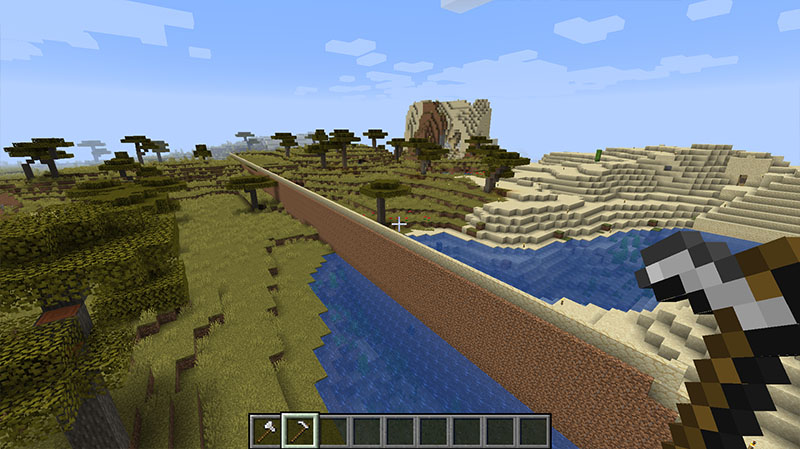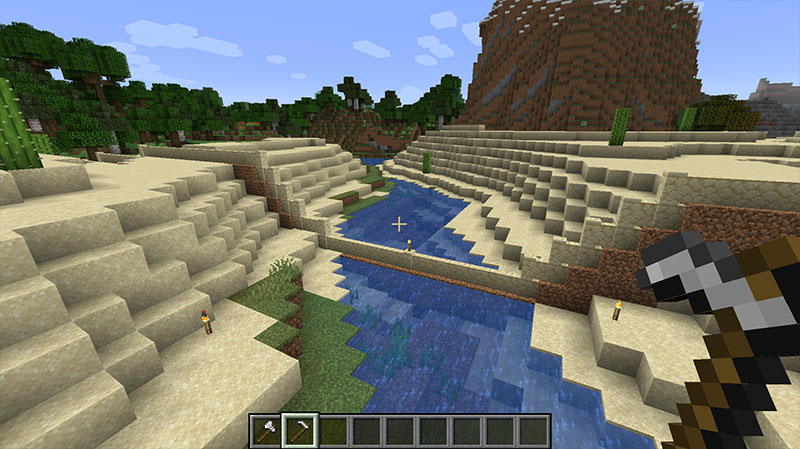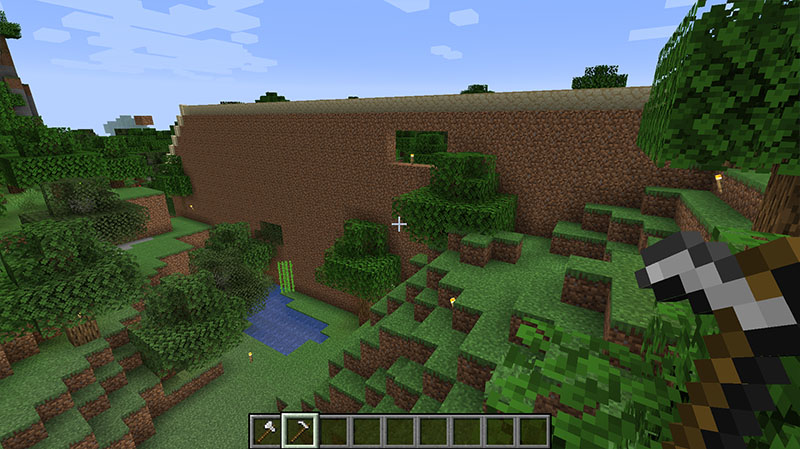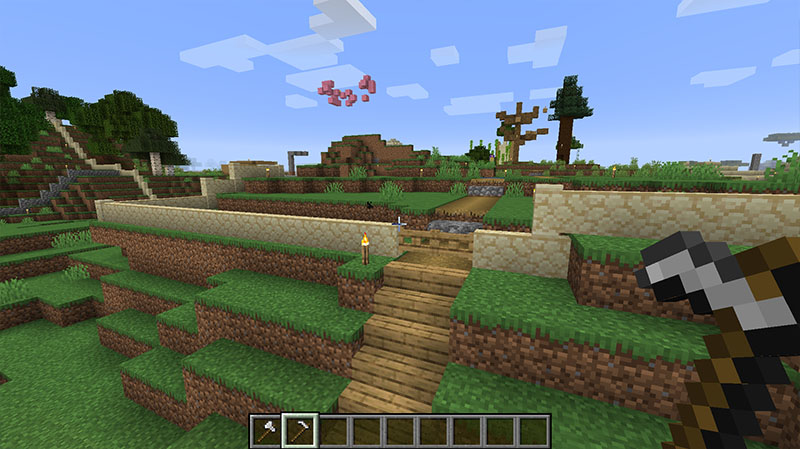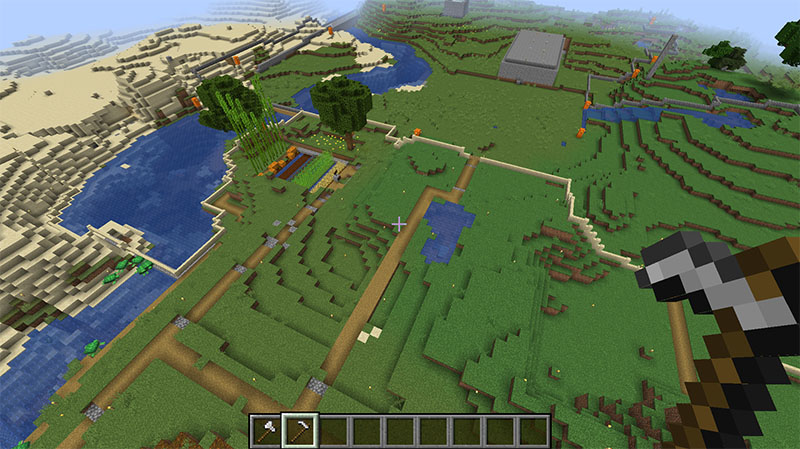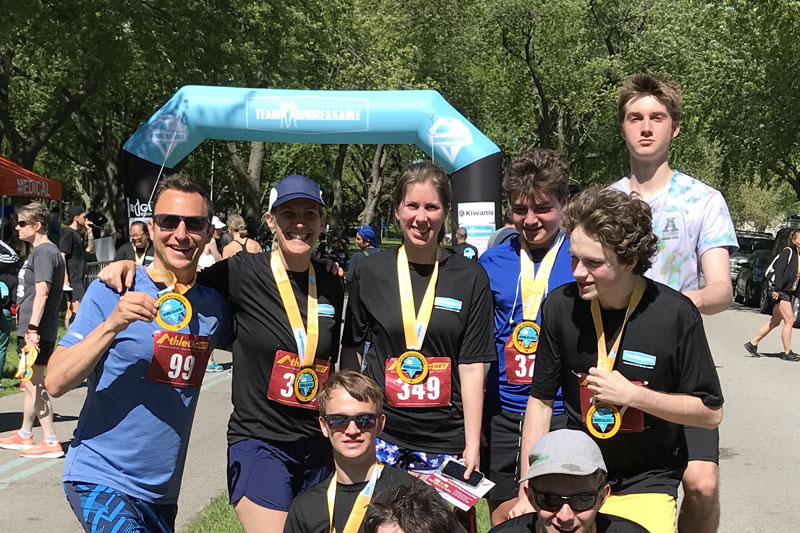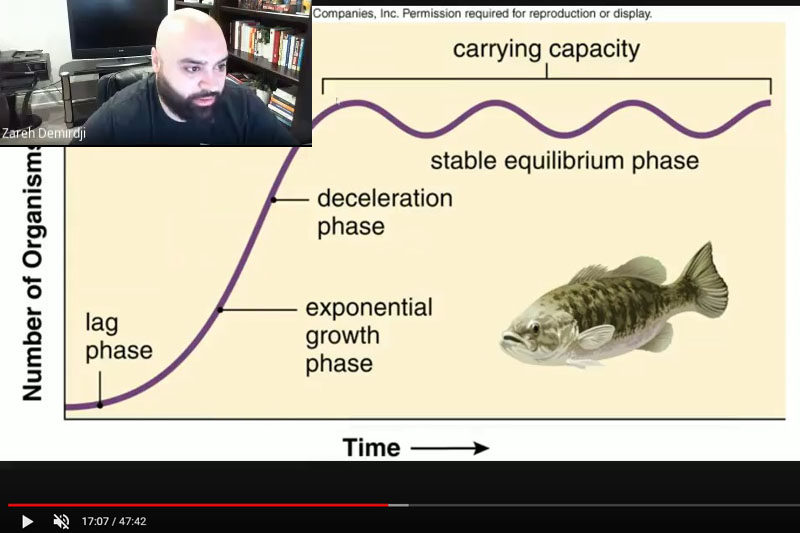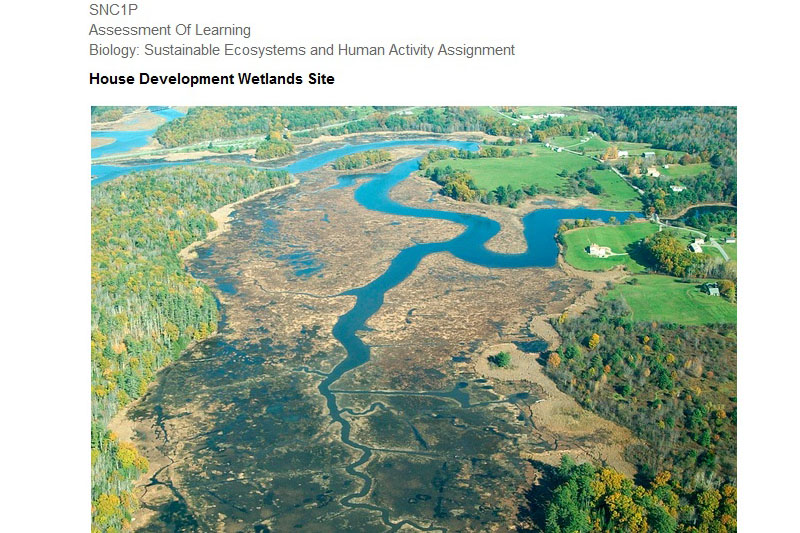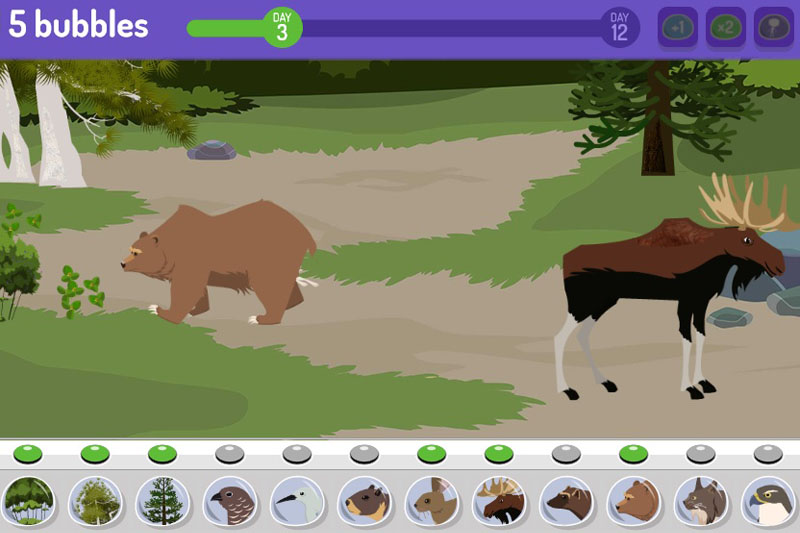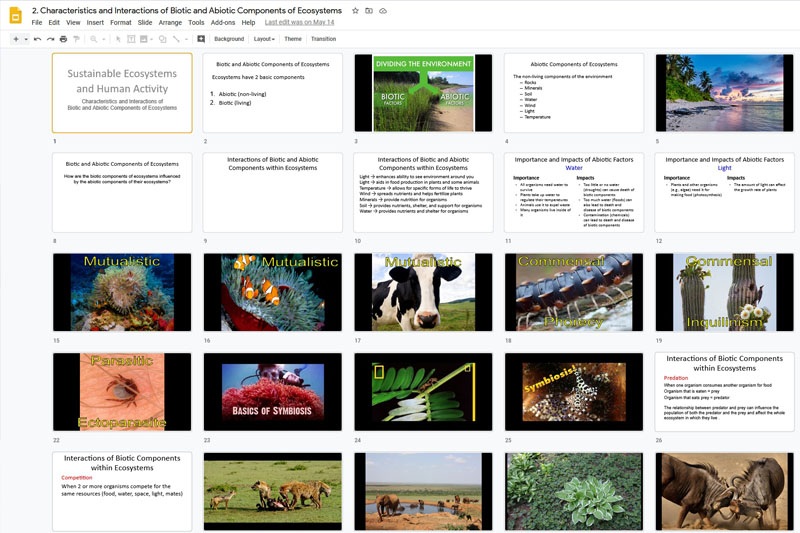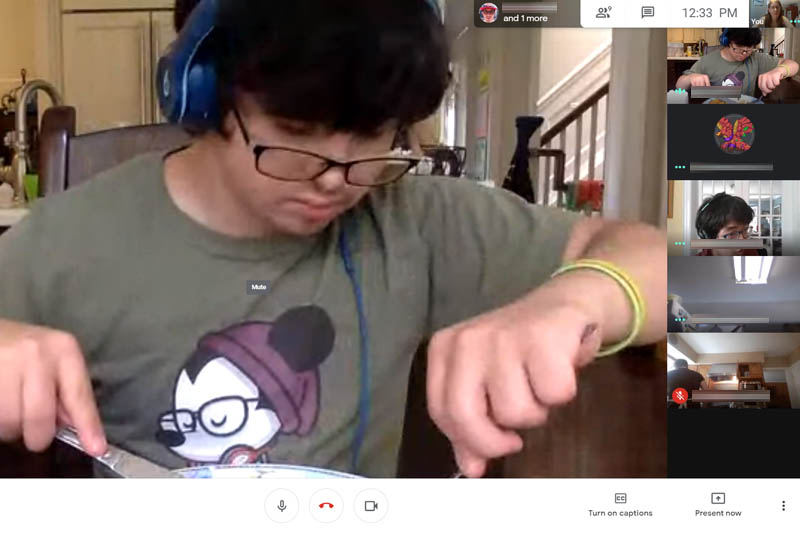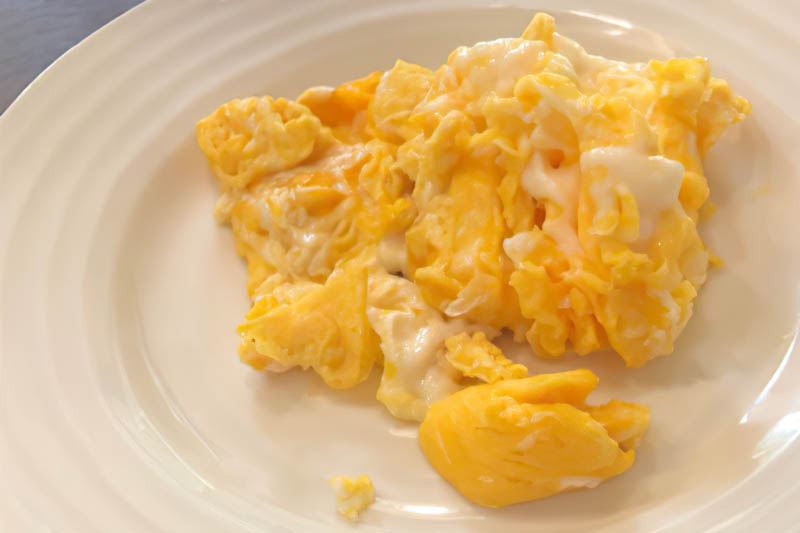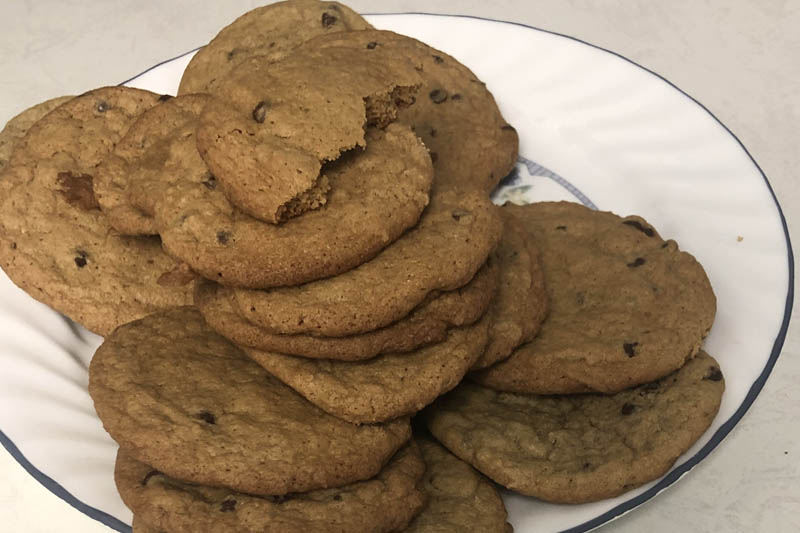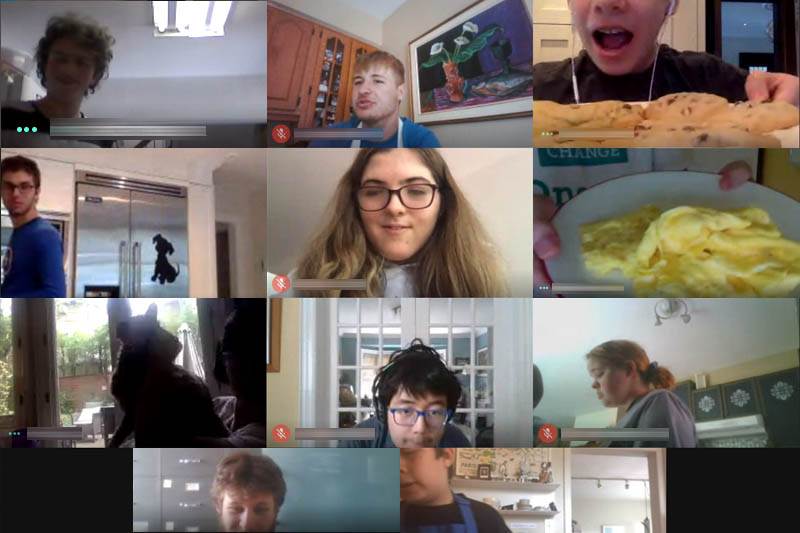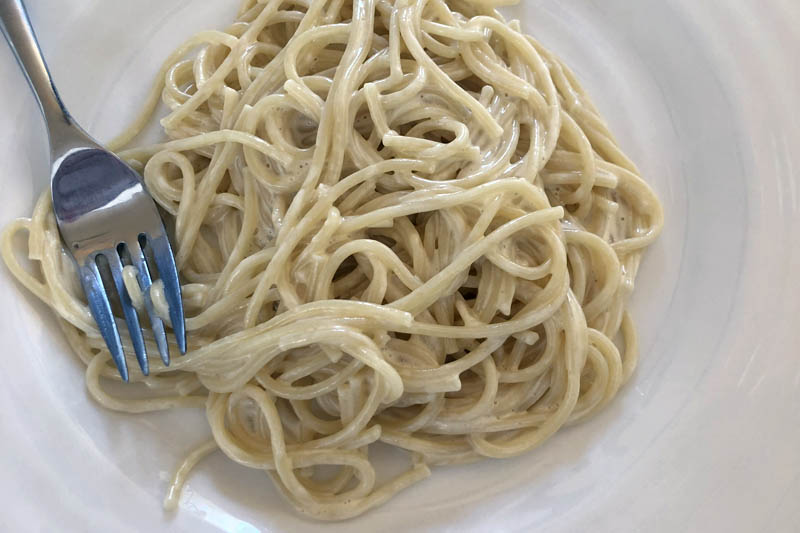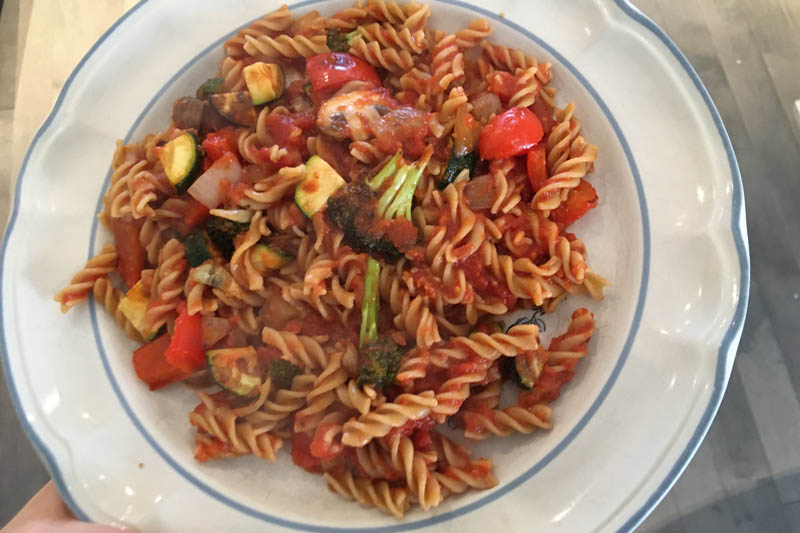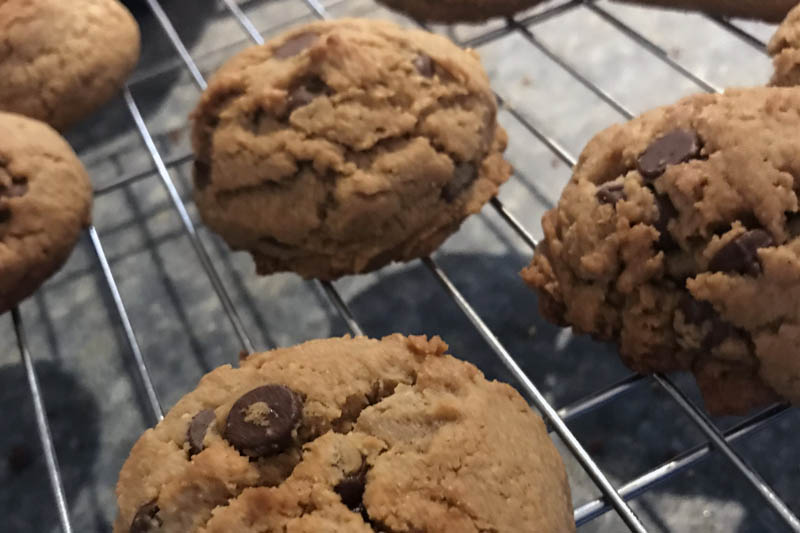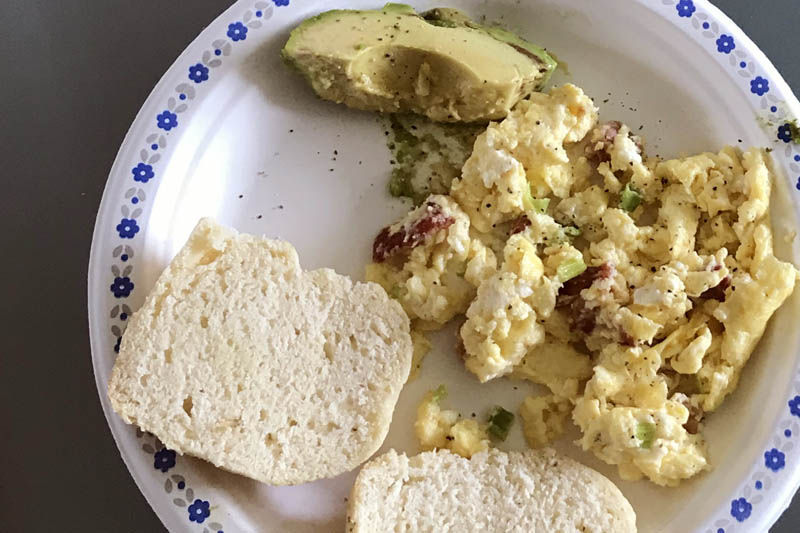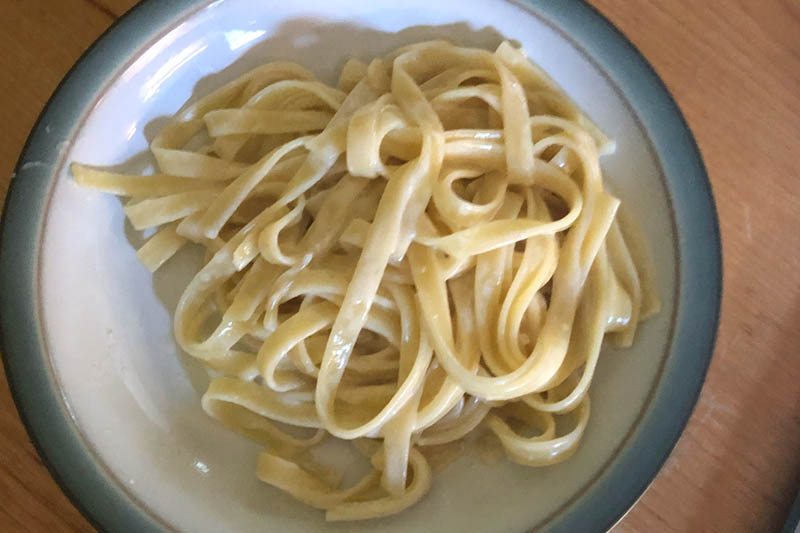As of this week there is an abundance of personal homes, gardens, farms, mines, industrial areas, and road networks built by students. When we first created this virtual world we had disabled “monsters” or ‘mobs’ as they are called in the Minecraft community (A mob is a living, moving game entity. The term “mob” is short for “mobile”). These creatures offer an element of adventure and challenge but often can be overwhelming for new players as they have to learn both the building, creating and crafting aspect of the game, alongside survival and fighting off potential monsters and creatures in the wild.
Now that everyone is well situated, has a home, and equipment crafted for survival, hunting and protection several students in the community were advocating for mobs to be turned back on in the world for making adventures exciting and unpredictable as well as to be able to harvest rare materials needed for more advanced building. There were also those students that did not want Monsters enabled as they like having a sense of safety and not having to constantly be on guard and to put their creations at risk, etc.
Both positions had very valid points! After discussing the issue with the entire community last week, we all agreed to a compromise, and our first community project was born – The Great Wall Initiative. We agreed that before we re-enable mobs we will need to secure our communities, towns and homes, therefore we decided to build walls and gates around all areas we wish to be secured from Monsters.
This way we can achieve:
- Community Safety inside the borders of towns
- Adventure and Risk outside the borders.
Students have been coordinating how and where to build wall segments, different designs for walls, using different materials to keep out different creatures, (for example jumping spiders!)
Some excerpts from our Minecraft Google Classroom:
“I would really appreciate it if some of you would help me get some stone bricks for the village walls. Then put them in the chest that I made, so that I can use it to either start making the wall tonight or tomorrow. Depending on how much you guys help me, i could finish in 2-3 days. If you guys don’t help we might have to wait until next week for mobs since it is going to take a while to make the amount of stone brick I need for the wall.
Also, I know cobblestone would be easier, but I personally think that stone brick looks better.”
– Jack S.
“I and Oliver are offering to make walls around your houses so we can get mobs back easier, if you are interested, please leave a comment under this post about it.
You can also be specific of how big you want it to be”
– Fionn B.
As of today, many of the student built communities and houses have walls and gates protecting them from the wilderness, once we finish the entire project we will re-enable monsters in the world to create a new sense of excitement and adventure, as venturing outside the walls will now have an element of risk, where players will need to carefully think of supplies they will need, and rely on each other for safety.
Check back again next week to see how this new phase of our Virtual World has evolved!

